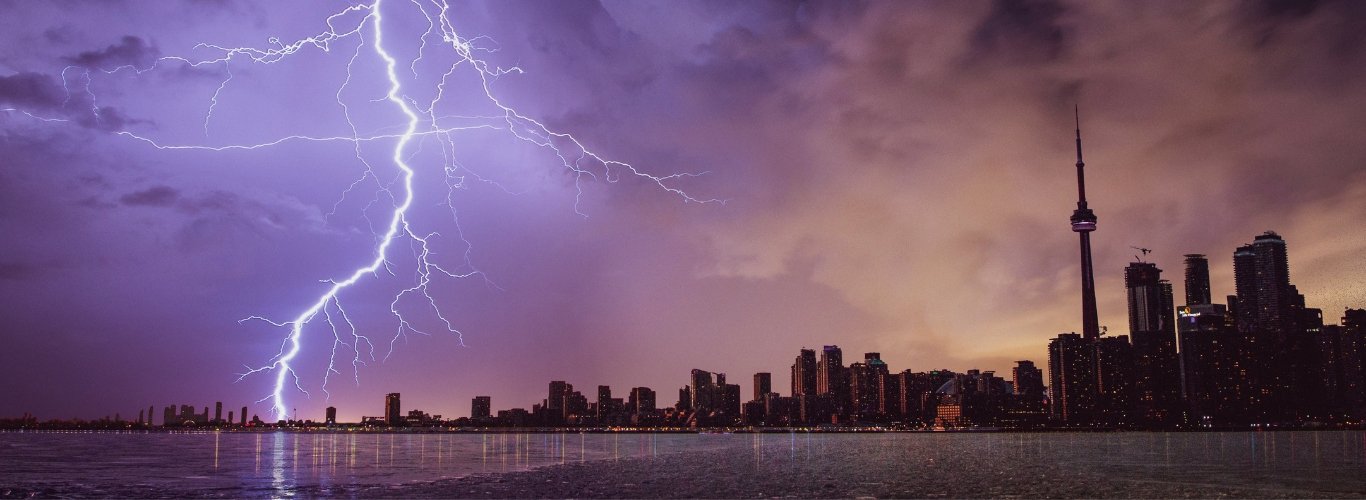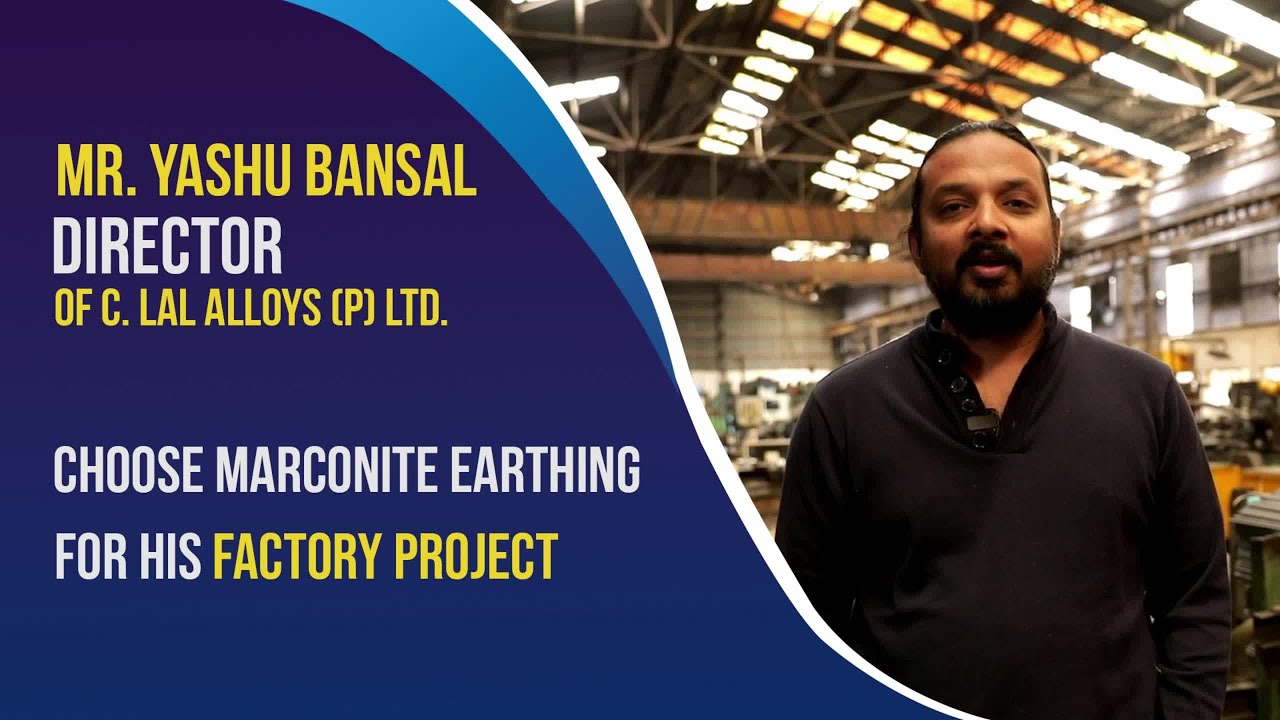Did you know that lightning is the single biggest cause of damage and destruction of electrical and electronic equipment in industrial facilities, commercial buildings, and homes? In a world where technology and electrical systems play a vital role in our daily lives, ensuring the safety of equipment, property, and loved ones is of utmost importance.
One crucial aspect that often goes unnoticed is lightning protection and earthing systems. The sheer power of a lightning strike can cause devastating damage, not only to buildings and structures but also to the sensitive electronic equipment we rely on. This is why having a reliable lightning protection and earthing system in place is essential to safeguard your property. By diverting the electrical energy from a lightning strike safely into the ground, these systems prevent fires, structural damage, and even potential electrocution.
In this article, we will explore the importance of lightning protection and earthing systems, their components, and how they work together to provide comprehensive protection for your property.
 Understanding lightning protection and earthing systems
Understanding lightning protection and earthing systems
To truly understand the importance of lightning protection and earthing systems, we must first grasp the dangers of lightning strikes. Lightning is a naturally occurring electrostatic discharge that typically occurs during thunderstorms. When a lightning bolt strikes a structure, it seeks the path of least resistance to the ground. If a building or any other structure is not equipped with proper protection and grounding, the immense electrical energy carried by the lightning can wreak havoc. Fires can break out, structural damage can occur, and electronic devices can be fried beyond repair. The consequences can be catastrophic, putting lives, electronic equipment, devices, and property at risk.
How lightning protection and earthing systems work
Lightning protection and earthing systems work together to provide comprehensive protection against lightning strikes. A lightning protection system consists of several components, including lightning rods, conductors, and grounding electrodes. Lightning rods, also known as air terminals, are strategically placed on the highest points of a structure to attract lightning strikes. The conductors, which are typically made of copper or aluminium, provide a path for the lightning to follow. Finally, the grounding electrodes safely disperse the electrical energy into the ground, preventing any damage to the structure or its occupants.
Components of Lightning Protection Systems
A lightning protection system comprises several essential components, each playing a crucial role in safeguarding your property. The primary component is the lightning rod, also known as an air terminal. These rods are typically made of conductive materials like copper or aluminium and are strategically placed on the highest points of a structure. Their purpose is to attract lightning strikes and provide a path for electrical energy to follow. Other components include down conductors, bonding conductors, surge protection devices, and grounding electrodes. Each of these elements works together to ensure the safe dissipation of electrical energy from a lightning strike.
Types of Lightning Arresters
When it comes to lightning protection, there are different types of lightning arresters available. These devices are designed to protect electrical systems from lightning-induced surges and prevent damage to the equipment. Common types of lightning arresters include:
1. Rod-type Lightning Arresters: These arresters consist of a rod or conductor that is connected to the electrical system and extends upward to attract lightning strikes.
2. Valve-type Lightning Arresters: Valve-type arresters are gas discharge tubes that provide a low-impedance path for lightning surges, diverting them away from the equipment.
3. Silicon Oxide Lightning Arresters: These arresters utilize metal oxide varistors (MOVs) to limit overvoltage surges caused by lightning strikes.
Lightning Protection for Buildings
For buildings, a combination of lightning rods, surge protection devices, and grounding systems are typically used for comprehensive lightning protection. Lightning rods are installed on the highest
points of the building to attract lightning strikes. Surge protection devices are installed at various points in the electrical system to suppress and divert surges caused by lightning strikes. A proper grounding system ensures that any electrical energy from a lightning strike is safely dispersed into the ground, preventing damage to the building and its occupants.
Lightning Protection in Substations
Substations are critical infrastructures that require robust lightning protection. Lightning arresters are commonly installed in substations to protect electrical equipment and systems from lightning-induced surges. These arresters are strategically placed at various points in the substation to divert and dissipate surges caused by lightning strikes. The arresters help prevent damage to transformers, circuit breakers, and other sensitive equipment, ensuring the reliable operation of the substation.
Lightning protection and earthing systems play a crucial role in safeguarding your property, equipment, and loved ones from the destructive power of lightning strikes. By investing in proper lightning protection measures, such as lightning rods, surge protection devices, and effective grounding systems, you can minimize the risks associated with lightning and ensure the long-term security of your property.
Remember, when choosing a lightning protection and earthing system, consider factors such as the level of risk, the size and structure of your property, compliance with local regulations, and consult with a professional lightning protection specialist for expert guidance. Additionally, keep in mind the different types of lightning arresters available and select the appropriate ones based on your specific needs and requirements.
Investing in a reliable lightning protection system, including proper earthing solutions like Marconite earthing, offers numerous benefits, such as preventing damage to equipment, reducing the risk of fires and electrocution, and minimizing repair or replacement costs in the long run. Don’t leave your property vulnerable to the unpredictable forces of nature – invest in lightning protection and earthing systems today for peace of mind and long-term security.
“Lightning kills 76 people who were taking selfies in India.”






